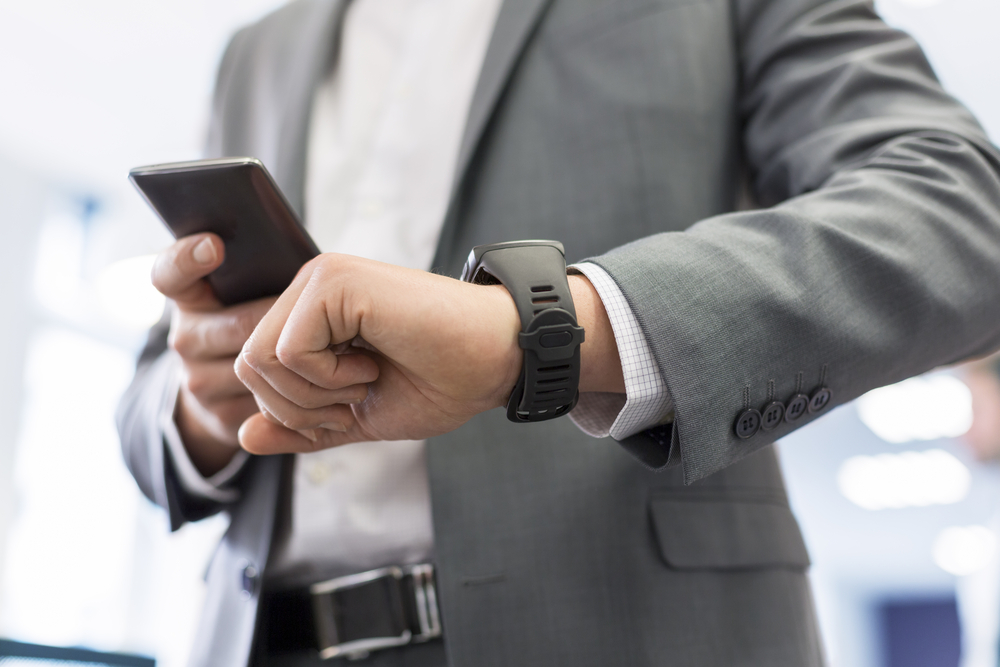Imagine giving employees a smart wristband as part of a new employee engagement initiative. Management could monitor information like heart rate and blood pressure, receiving an alert if the stress levels of a particular team member increase, instigating real time support.
Or what if data revealed that a certain time period significantly raised an agent’s stress level? A one-to-one conversation may reveal the daily school run causes them to regularly get to work late signaling more flexible working hours would be beneficial. This could surely be a win-win; enhancing team relations and boosting employee productivity.
> See also: The devil wears hi-tech: wearable computing in the workplace
True, this in-depth ‘monitoring’ may sound intrusive and be unwelcome to some. Understandably so – you can see how this information might easily be abused. Imagine if the employer uses certain information to pre-emptively terminate employment of unhealthy employees in an effort to mitigate risk and costs.
In The Telegraph I read about a PwC poll which shows that most people could be persuaded to share their personal data if they see clear personal or workplace benefits. About 60% don’t object to sharing key health markers, and the percentage would be higher if the data is aggregated rather than used at an individual level. 71% also said they would be happy to reveal how long it takes them to travel to and from the office each day.
Organisations worldwide are increasing their employee engagement by encouraging their feedback and rewarding their performance. This directly helps retain more satisfied, valued and loyal employees. As organisations seek more visibility into day-to-day operations to drive operational efficiencies, the need for better business intelligence through regular feedback increases.
So, whilst it seems that most people are prepared to share their own personal data, are organisations doing enough to share their own insights to help their employees succeed in the work place?
It’s certainly possible and the right tools and technology is available to improve employee performance. Managers can see employee efficiency, effectiveness and compliance, whilst balancing workforce capacity. Employees and supervisors alike can have immediate access to learning and coaching history. Then they can self-evaluate performance and give valuable feedback.
> See also: Why businesses must act over wearable security threats now
With changing demands on the organisation and the employee, the need for flexibility increases. Contextual and personal information should be available on a mobile device so that employees, managers and executives can gain on-demand access to relevant information. It should be fast and straightforward to monitor changes and adapt. An employee should be able to easily see his schedule, request holidays and check their performance on the move.
If employees are prepared to share insights through continued evaluation and feedback, and maybe via their smartwatch, organisations need to reward them for this. And as research finds, it’s not all about the salary; employees want to be empowered, recognised and rewarded for their contribution.
You may be on the fence about a smartwatch, but you cannot deny that the Internet of Things is driving a growth in smart devices. So the above scenario might not be that farfetched. In the meantime, what are you doing to help your employees improve their working life?







